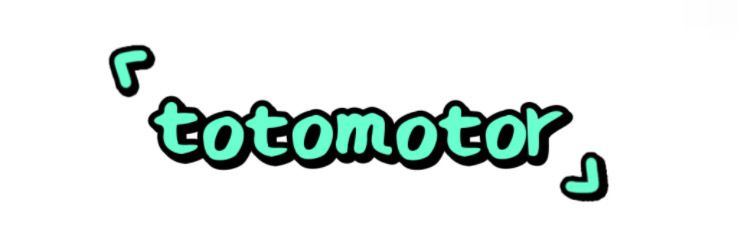Spinning Production Line vs. Traditional Methods: Which Is Better?
In today’s rapidly evolving textile industry, the debate between modern spinning production lines and traditional spinning methods is gaining momentum. As companies strive for efficiency and quality, it’s essential to explore the nuances of these techniques to determine which is truly superior for manufacturers, workers, and consumers alike.
For more information, please visit Spinning Production Line.
Understanding Spinning Production Lines
Spinning production lines represent a significant leap forward in technology. These automated systems utilize advanced machinery to convert raw fibers into yarn, streamlining the entire process. Key components include:
- Automatic Spinning Machines: Unlike manual systems, these machines efficiently spin fibers at high speeds, minimizing human intervention.
- Integrated Systems: Many spinning lines incorporate multiple processes, such as carding, drawing, and spinning, into a single workflow. This integration reduces time and labor costs while enhancing output quality.
- Real-Time Monitoring: Modern spinning production lines often feature digital monitoring technologies that track production metrics, ensuring quality control and reducing waste.
The Charm of Traditional Methods
While technology continues to reshape the industry, traditional spinning methods still hold appeal. These techniques often involve hand-spinning or using vintage machinery, offering distinct advantages, such as:
- Artisanal Quality: Many textile enthusiasts appreciate the unique textures and characteristics produced by hand-spinning and traditional methods. Artisans often create pieces that tell a story, resonating with consumers looking for authenticity.
- Sustainability: Traditional methods can be more environmentally friendly, utilizing less energy and fewer synthetic chemicals compared to modern production lines.
- Cultural Heritage: Preserving traditional spinning techniques helps maintain cultural identities and supports local economies, particularly in communities that rely on bespoke textiles.
Efficiency vs. Quality: The Key Considerations
When weighing the benefits of spinning production lines against traditional methods, several essential factors emerge:
Production Speed
One of the most significant advantages of spinning production lines is speed. Automated systems can produce vast quantities of yarn in shorter time frames, meeting the demands of fast fashion. Conversely, traditional spinning requires more time and labor, resulting in slower output.
Consistency and Quality Control
Modern spinning technologies excel in maintaining consistency in yarn quality. Automated systems reduce the likelihood of human error, providing uniformity that’s challenging to achieve with handcrafted methods. However, traditional artisans pride themselves on the uniqueness of their products, often leading to qualities that machine production cannot replicate.
Cost-Effectiveness
From a business perspective, spinning production lines can be more cost-effective in the long run. Although the initial investment in technology may be higher, reduced labor costs and increased output can lead to significant savings over time. Traditional methods, while potentially more expensive due to labor intensiveness, can justify their costs through premium pricing for unique, handcrafted items.
The Environmental Impact
As consumers grow more conscious of their ecological footprint, the environmental impact of spinning methods is becoming increasingly relevant. Spinning production lines can raise concerns about resource consumption and waste generation. However, advancements in technology are working toward more sustainable practices, including recycling waste and reducing energy consumption.
Traditional spinning methods typically consume less energy; however, they may not scale well for large production needs. Striking a balance between cost efficiency and sustainability is becoming critical for textile manufacturers.
The Verdict: Is One Better Than the Other?
Ultimately, determining whether spinning production lines or traditional methods are “better” depends on the goals of the manufacturer and the preferences of the consumer. For mass production and uniform quality, modern spinning lines clearly have the edge. However, for artisans and businesses focusing on niche markets, the charm and uniqueness of traditional spinning methods may prove invaluable.
Conclusion
In the dynamic landscape of textile production, the choice between spinning production lines and traditional methods isn't simply black and white. Both approaches offer distinct advantages and drawbacks that cater to different needs within the industry. Manufacturers must assess their business goals, environmental responsibility, and the aesthetics valued by their target market to make an informed decision.
As we move forward, a hybrid approach—leveraging the efficiency of modern technology while maintaining the craftsmanship of traditional methods—might just be the key to balancing quality, sustainability, and consumer satisfaction in the textile industry.
The company is the world’s best Nonwoven Production Line supplier. We are your one-stop shop for all needs. Our staff are highly-specialized and will help you find the product you need.
- Previous: None
- Next: How to Choose the Best Automatic Quilting Machine?
- 0

